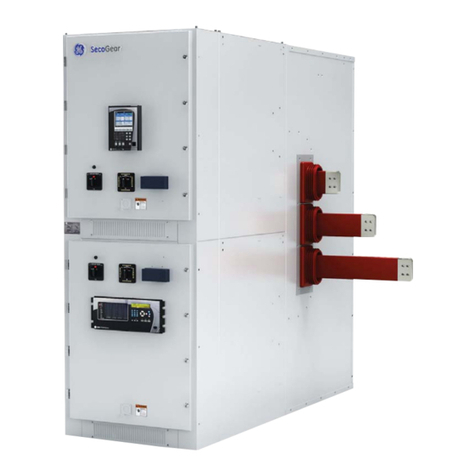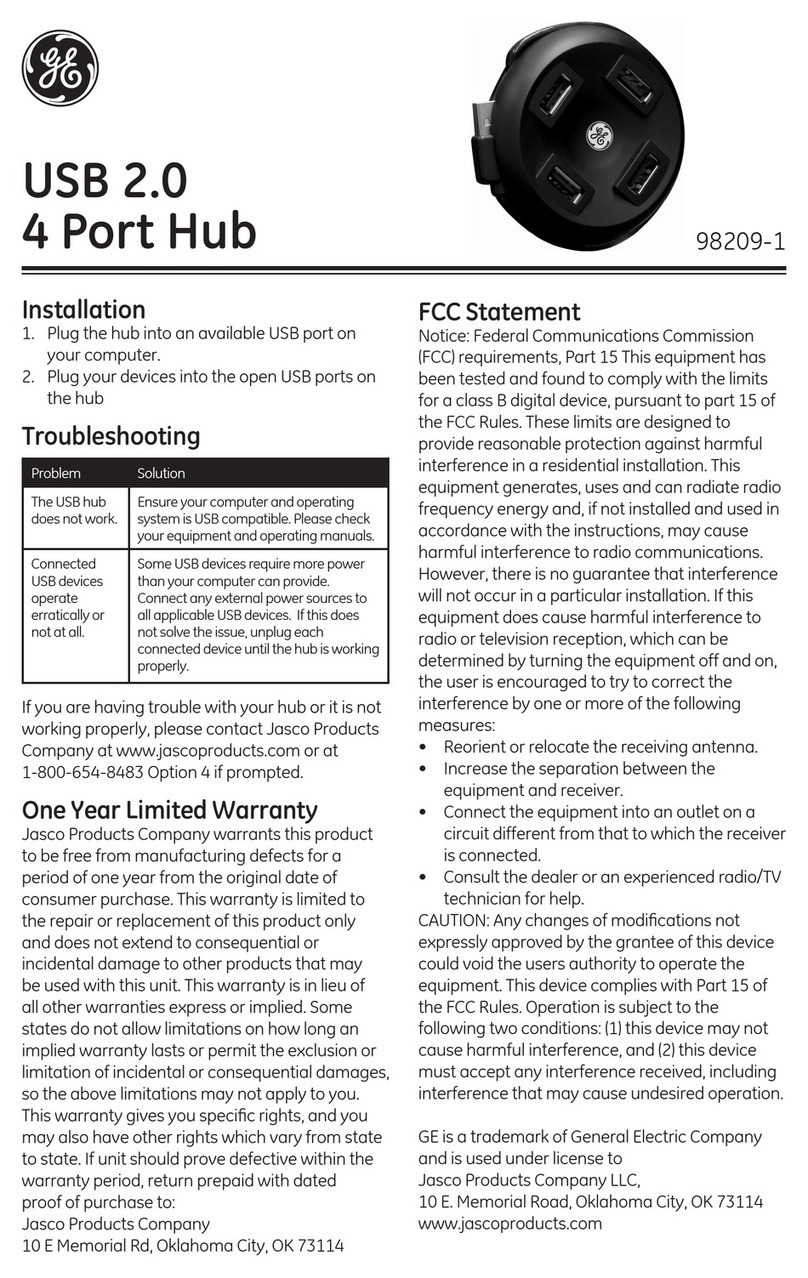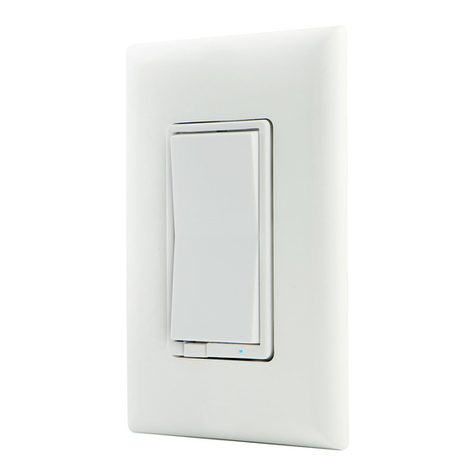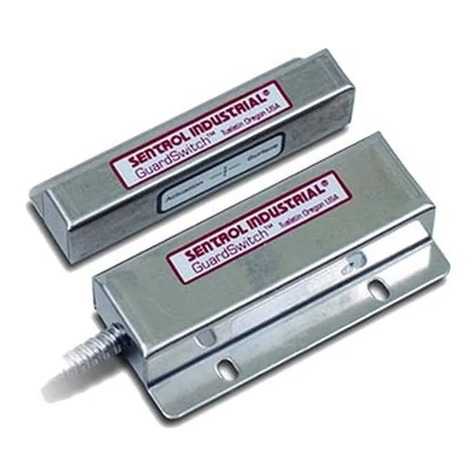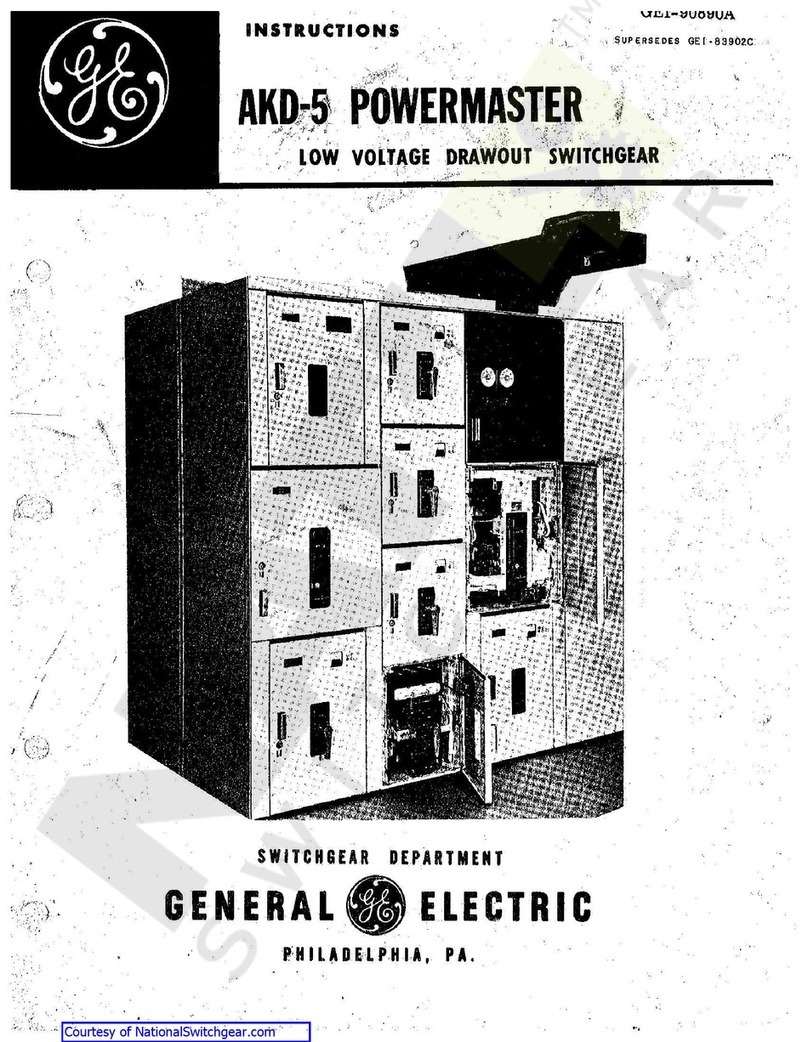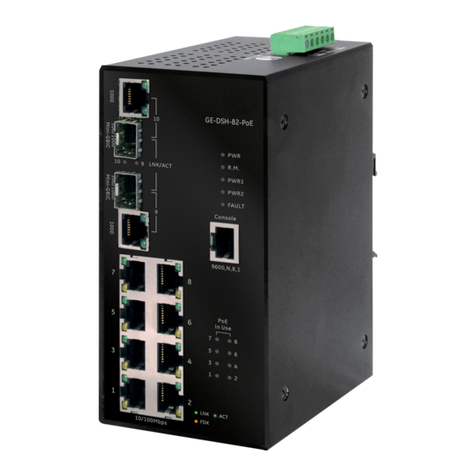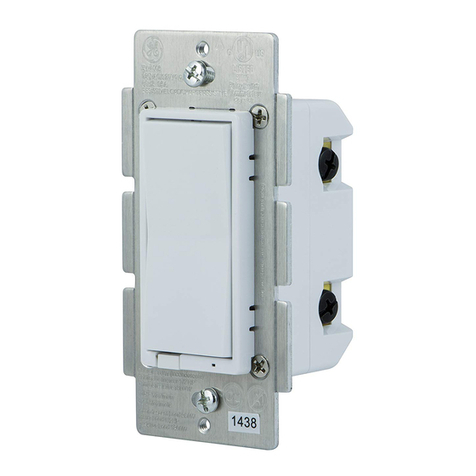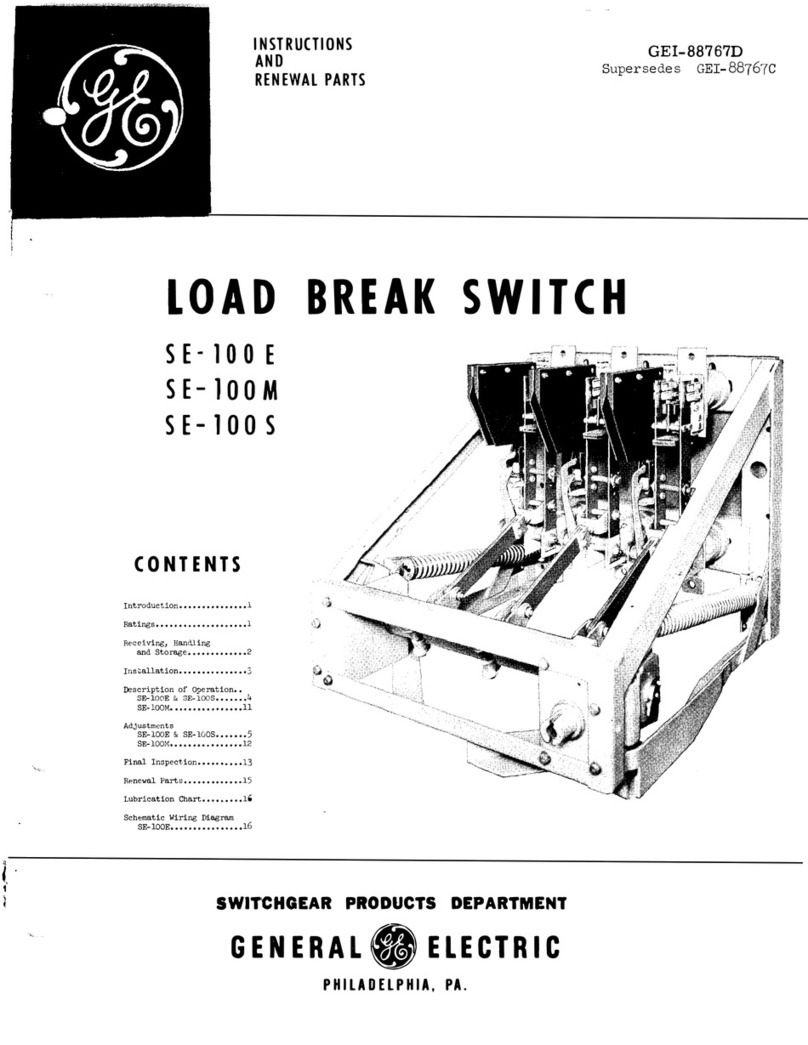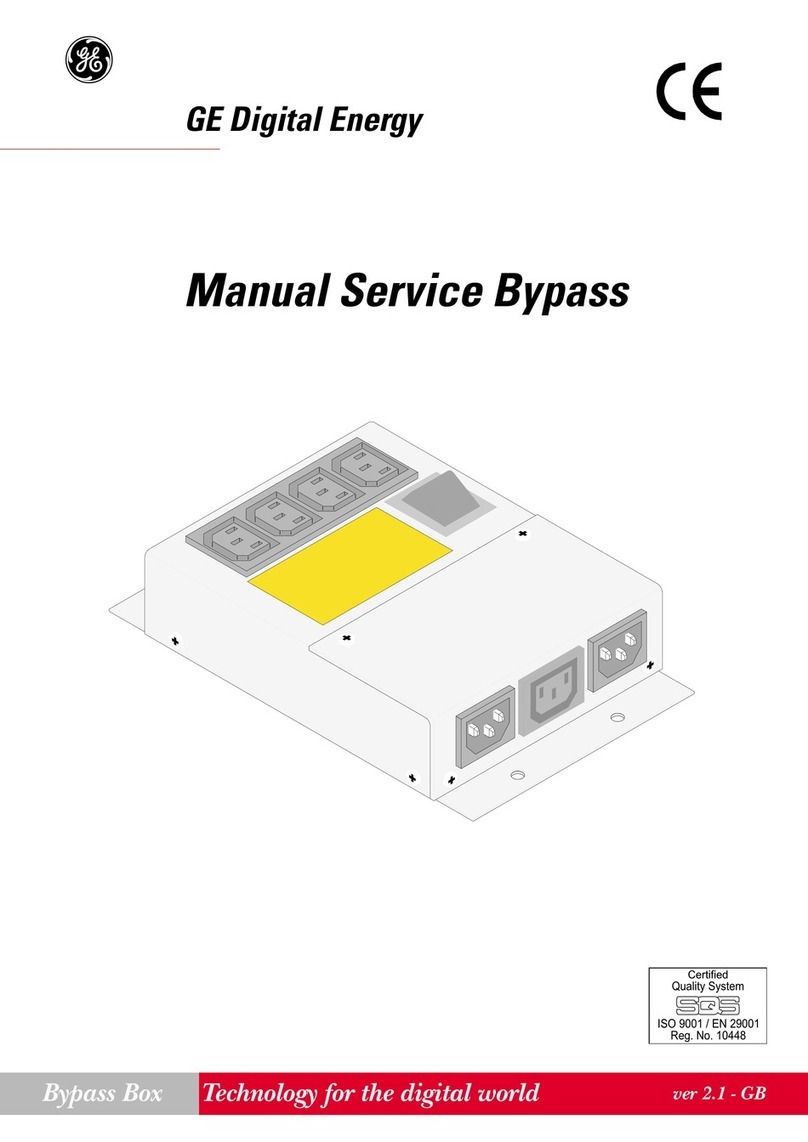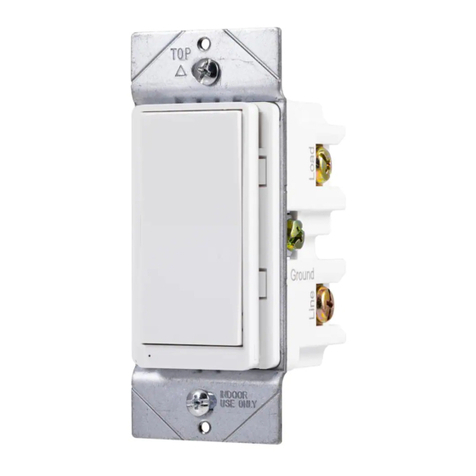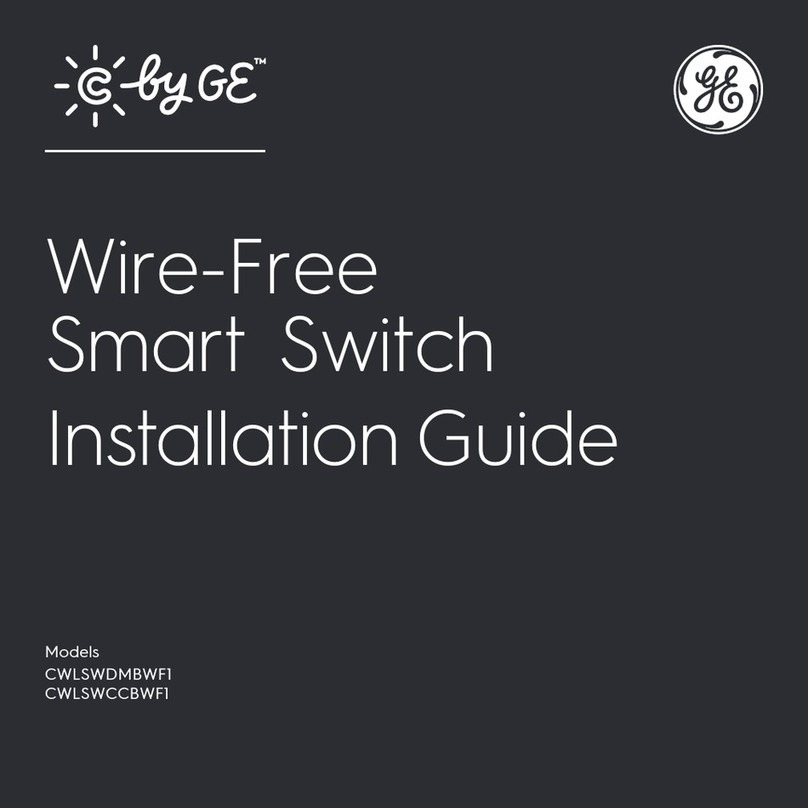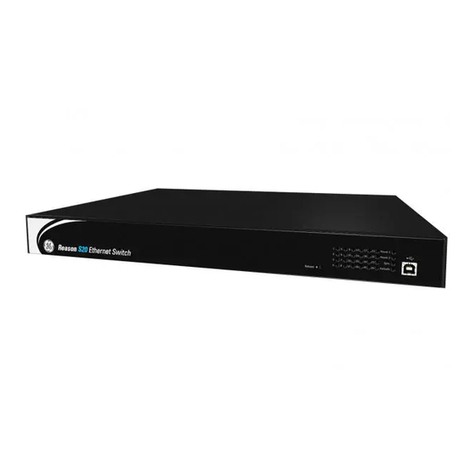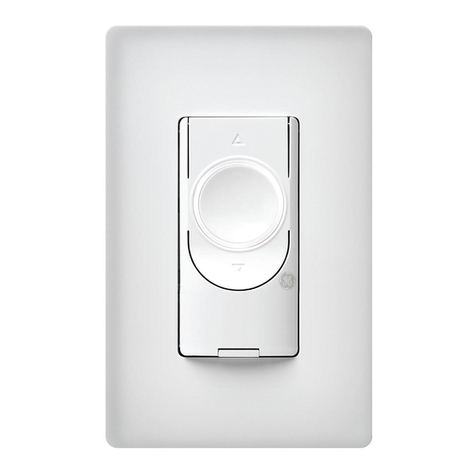
TOC TABLE OF CONTENTS
MULTILINK ML600 ETHERNET COMMUNICATIONS SWITCH – INSTRUCTION MANUAL TOC–I
Table of Contents
1: INTRODUCTION GETTING STARTED ............................................................................................................1-1
INSPECTING THE PACKAGE AND PRODUCT ...................................................................... 1-1
ORDERING ..........................................................................................................................1-2
ORDER CODES ..................................................................................................................... 1-2
SPECIFICATIONS ................................................................................................................1-3
TECHNICAL SPECIFICATIONS .............................................................................................. 1-3
ENVIRONMENTAL SPECIFICATIONS .................................................................................... 1-4
PHYSICAL SPECIFICATIONS ................................................................................................. 1-4
APPROVALS AND WARRANTY ............................................................................................ 1-4
2: PRODUCT
DESCRIPTION
OVERVIEW ...........................................................................................................................2-1
INTRODUCTION TO THE ML600 ........................................................................................ 2-1
DESIGN ASPECTS ................................................................................................................. 2-1
FEATURES AND BENEFITS ...............................................................................................2-3
FRAME BUFFERING AND LATENCY .................................................................................... 2-3
ADDITIONAL FEATURES AND BENEFITS ............................................................................ 2-3
APPLICATIONS ...................................................................................................................2-5
DESCRIPTION ........................................................................................................................ 2-5
WINDMILL APPLICATION .................................................................................................... 2-5
INDUSTRIAL NETWORKING APPLICATION ......................................................................... 2-6
TRANSPORTATION SURVEILLANCE SYSTEM ...................................................................... 2-6
3: INSTALLATION PREPARATION ....................................................................................................................3-1
LOCATING THE ML600 ...................................................................................................... 3-1
ELECTRICAL INSTALLATION ...........................................................................................3-2
POWER REQUIREMENTS ...................................................................................................... 3-2
CONNECTING DC POWER .................................................................................................. 3-2
CONNECTING ETHERNET MEDIA ..................................................................................3-3
DESCRIPTION ........................................................................................................................ 3-3
CONNECTING TWISTED PAIR ............................................................................................. 3-3
CONNECTING ST-TYPE FIBER OPTICS (TWIST-LOCK) ...................................................... 3-3
CONNECTING SC-TYPE FIBER OPTICS (SNAP-IN) ............................................................ 3-4
CONNECTING SINGLE-MODE FIBER OPTICS .................................................................... 3-4
4: OPERATION FUNCTIONALITY ................................................................................................................4-1
DUAL-SPEED AND SWITCHING FUNCTIONALITY ............................................................. 4-1
SWITCHING, FILTERING AND FORWARDING .................................................................... 4-1
ADDRESS LEARNING ............................................................................................................ 4-2
AUTO-CROSS (MDIX), AUTO-NEGOTIATION, AND SPEED SENSING ............................. 4-2
STATUS LEDS...................................................................................................................... 4-2
ALARM CONTACT ................................................................................................................. 4-2
POWER BUDGET CALCULATIONS WITH FIBER MEDIA .................................................... 4-3
TROUBLESHOOTING .........................................................................................................4-5
OVERVIEW ............................................................................................................................ 4-5
BEFORE CALLING FOR ASSISTANCE .................................................................................. 4-5
WHEN CALLING FOR ASSISTANCE .................................................................................... 4-5
